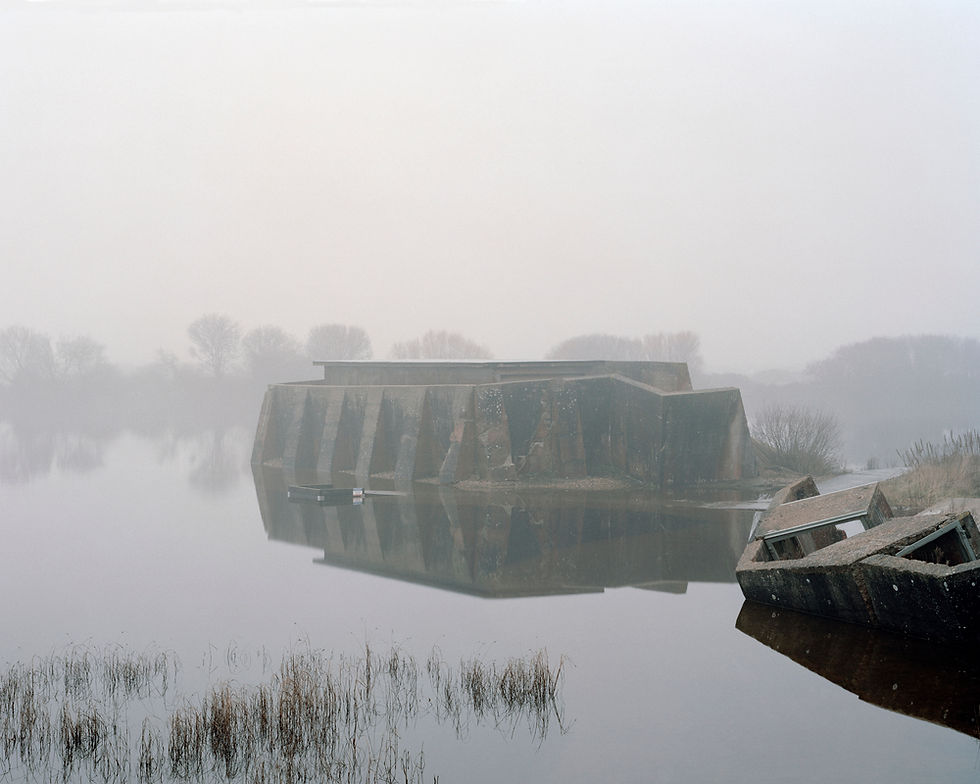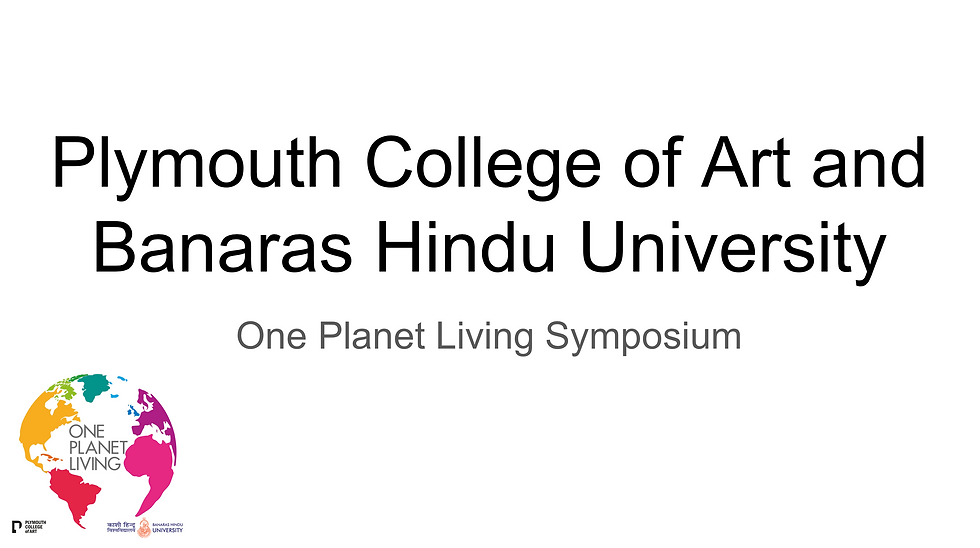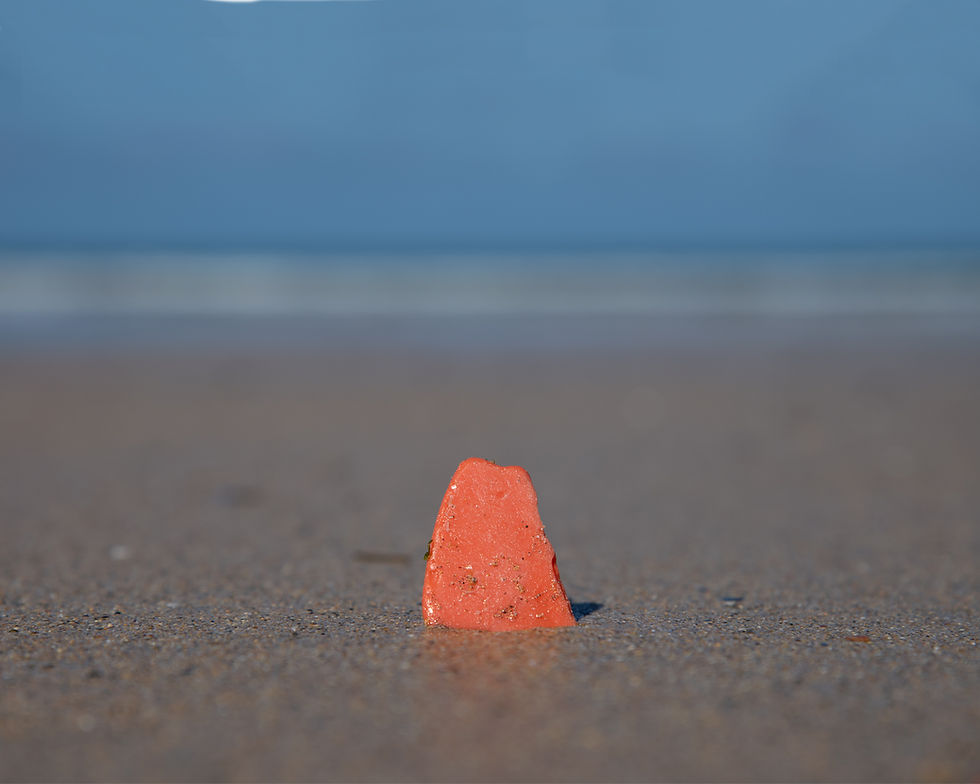Marc Wilson
- hannahcranshaw
- Oct 14, 2018
- 4 min read
On the 12th October Marc Wilson came to talk to us, I found his work very interesting and his talk very insightful. I not only learnt a lot about his work but a lot about how to go about being a freelance photographer and being able to conduct your own projects whilst still having a sustainable income.

He studied sociology then went to go to an arts university for a year then deferred. Then decided he would just make it as a photographer, he was a commercial assistant for three days, decided he hated so went back to finish his 2nd year. He worked in bars for 10-15 years whilst still trying to make it as an artist then one day someone told him to try commercial photography again and it has gone great.
He does personal work, commercial work and is a dad.
He makes himself very busy with commercial so that he can take big chunks of time off to focus on his personal work and family. He is currently doing a 20 day commercial job for 20k.
His commercial work is very clean precise, it is slow work as he will get six hours to take six photos, he will walk around the space for 20 mins before he takes the photos to get a feel for the space. He will get everything right in the camera and do very little editing.
Personal work
The Last Stand is a project about ww2 coasts and military. He photographs the concrete structure that have changed over time. The project was very research heavy. He wanted people to make people question the reason the structure is there, who were the people there etc. He goes to the location and take photos on his phone so he knows the exact location and time he wants to shoot then will go back and shoot one role of film. I thought this was a very good way of making sure you get everything right first time, making sure you don't waste any film, therefore saving time and money. His personal work is very similar to his commercial work as it is very clean and precise.
It is very important to force the viewer to interact with your photo, they shouldn't be able to just walk straight past it as they understand. It is important to get them to think about it and talk about it
He had an exhibition and the daily mail interviewed him, they didn't give him a good review and didn't want to pay to use his images so he made them put a direct link to selling his book, he sold 300 books that day (which is a lot more money made than they wouldn't have given him for the photos to be posted) and the article got 4000 views so that is 4000 more people that know about his work. So even though it wasn't a positive interview he got some very positive things out of it.
When he has books to sell his prints sell as well but when he has sold out of books his prints don’t really sell - he’s not quite sure why.
He gave someone his business card 4 years beforehand and had a call from him and asked whether he wanted to do a shoot for him and up until now has done about 45 shoots for him. So the lesson there is things don't always happen instantly, be patient and good things will happen.
You could take rubbish photos but be really good at networking so you'll make loads of contacts and do well but if you take really great photos and be bad at networking and you'll get nowhere.
Twitter and Instagram are really good for networking - this means you have to be really careful what is on your feed as people will dig it up in articles etc.
He could take about each photos for hours, which is really good as it means he is very passionate about it and the image has meaning. He did a talk a little while ago and talked for 2 hours and only showed 3 images.
A wounded Landscape - a work in progress
His family tried to talk him out of it for about two hours as they said he will never forgot what he has seen (which he hasn't) and is he up for leaving his son for long periods of time - all of this just made him want to do it more.
The flowers are his way of remembering the children that were killed - he photographed every single flower as he couldn't just photograph some of them as he would be forgetting some of the children

He has 41 family members killed in Paris. He has a personal connection to every story - 20 stories altogether
He will talk to the people, they will tell them whatever they want to tell him, he wont lead the conversation he will let them share what they feel comfortable to. He will then visit the locations they mentioned and take photos. He will photograph an emotion they have conveyed or an emotion he felt.
Every story is as important as the next.
He is creating an archive of everything that will be available for everyone.
He doesn't choose the places he photographs, he creates a framework from the stories that he has been told.
By the end of January he should have visited all the places he wants to. He'll have about 500 prints. He will be able to work out if there are any gaps and by the end of February he will have filled in any gaps by revisiting some of the locations.
The editing process is going to be massive so he is going to have a team to help him edit the photos and create the book.
The images that come before and after an image can be very important and change the meaning of an image. Even if you are photographing the past you can be showing the present at the same time.
You have to find a balance between having great photos and telling a great story, he doesn't want to add techniques to the story as that will change it, but you need to have great images otherwise no one will look at them, meaning no one will see the story.
The Last Stand gets around double the amount of likes on social media as A Wounded Landscape they are ‘visually more beautiful’ and they are easier to understand but he doesn't care as he is so dedicated to his project.


















Comments